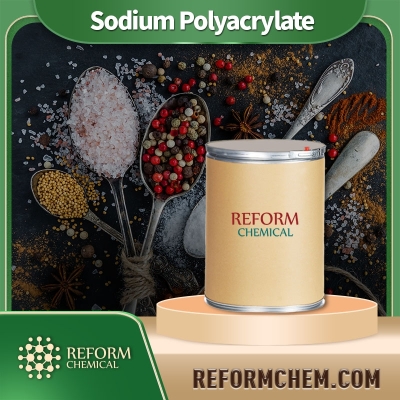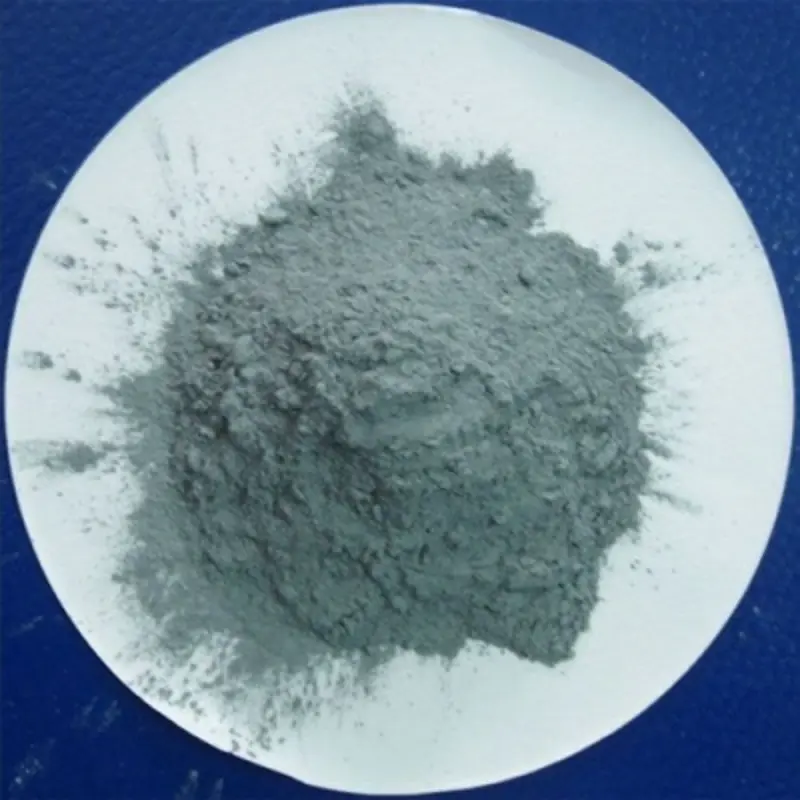-
Categories
-
Pharmaceutical Intermediates
-
Active Pharmaceutical Ingredients
-
Food Additives
- Industrial Coatings
- Agrochemicals
- Dyes and Pigments
- Surfactant
- Flavors and Fragrances
- Chemical Reagents
- Catalyst and Auxiliary
- Natural Products
- Inorganic Chemistry
-
Organic Chemistry
-
Biochemical Engineering
- Analytical Chemistry
-
Cosmetic Ingredient
- Water Treatment Chemical
-
Pharmaceutical Intermediates
Promotion
ECHEMI Mall
Wholesale
Weekly Price
Exhibition
News
-
Trade Service
The production process of (T-4)-Bis[2-(hydroxy-κO)benzoato-κO]lead, also known as Lead(II) bis(2-hydroxybenzoato)titanate, is a complex and multi-step process that involves several chemical reactions and purification steps.
The following is a detailed overview of the production process of this compound.
Step 1: Synthesis of Lead(II) Nitrate
The synthesis of Lead(II) nitrate is the first step in the production process of (T-4)-Bis[2-(hydroxy-κO)benzoato-κO]lead.
Lead(II) nitrate can be synthesized through the reaction of lead oxide with nitric acid.
The lead oxide is first reduced to lead sulfide using hydrogen sulfide, and then the lead sulfide is oxidized to lead nitrate using nitric acid.
The reaction is conducted at a temperature of around 150-200°C and the product is purified by recrystallization.
Step 2: Synthesis of 2-Hydroxybenzoic Acid
2-Hydroxybenzoic acid is the second component of (T-4)-Bis[2-(hydroxy-κO)benzoato-κO]lead.
It can be synthesized through the oxidation of 1,4-benzene-diacetate using nitric acid.
The reaction is conducted at a temperature of around 100-120°C and the product is purified by recrystallization.
Step 3: Synthesis of Lead(II) Benzoate
Lead(II) benzoate, also known as Lead(II) 2-hydroxybenzoate, is synthesized by the reaction of 2-hydroxybenzoic acid and lead nitrate.
The reaction is conducted in the presence of a solvent such as ethyl acetate and the product is purified by recrystallization.
Step 4: Synthesis of Lead(II) Bis(2-hydroxybenzoato)titanate
The final step in the production process of (T-4)-Bis[2-(hydroxy-κO)benzoato-κO]lead is the synthesis of the titanate compound.
This is achieved by heating a mixture of lead(II) benzoate and titanium(IV) oxide in the presence of a solvent such as toluene.
The reaction is conducted at a temperature of around 150-200°C and the product is purified by recrystallization.
Purification and Characterization
The final product is purified by recrystallization and characterized by using various analytical techniques, such as X-ray diffraction (XRD), Fourier transform infrared spectroscopy (FTIR), and thermogravimetric analysis (TGA).
These techniques are used to confirm the purity and composition of the final product.
Conclusion
The production process of (T-4)-Bis[2-(hydroxy-κO)benzoato-κO]lead is a complex and multi-step process that involves several chemical reactions and purification steps.
The use of high-purity starting materials and proper purification techniques is essential to ensure the quality of the final product.
The compound has potential applications in various fields, such as catalysis, energy storage, and electronics.
Further research is needed to fully understand its properties and potential applications.




![Aluminum, [(2E)-2-butenedioato(2-)-κO1]hydroxy- Al-Fum](https://file.echemi.com/fileManage/upload/goodpicture/20230919/ibrutinib-high-quality_b20230919163357076.jpg)


